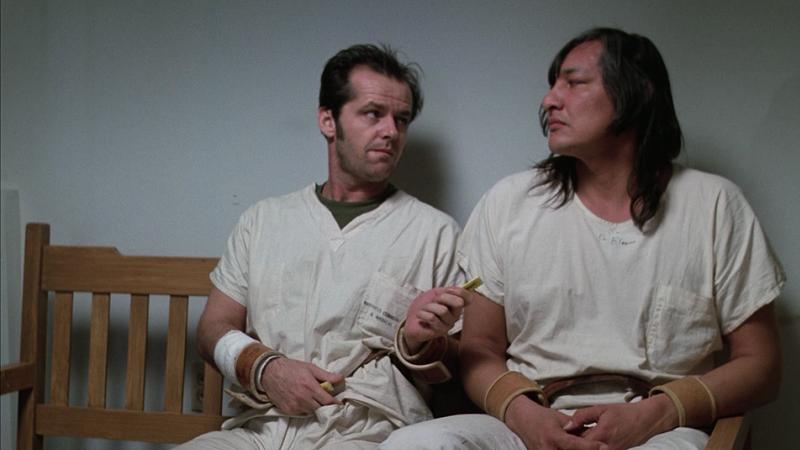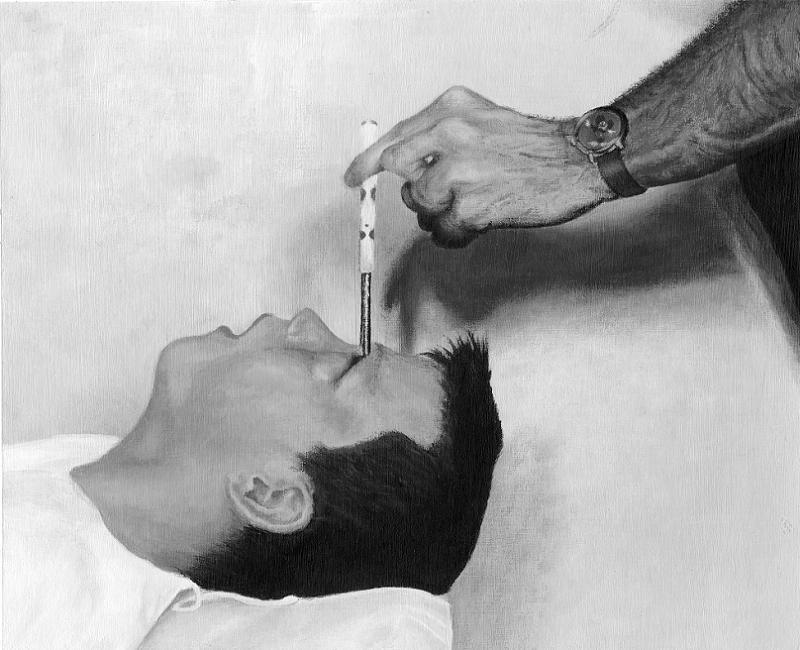Modern Approaches

Source: Fog’s Movie Reviews
The modern age of mental health treatment began around the time the Commonwealth of Virginia was sterilizing hillbillies. Newer, better, and more horrific approaches were now available, and it was high time to chase the charlatans of eugenics back into the woodwork and replace them with a new crop of charlatans who came fresh to the job. Around this time, the prevailing belief that most problems could do with a dose of electricity led some doctors to experiment with electroshock therapy.
Unlike modern, mild electrical stimulation, which genuinely is useful for treating depression, huge, massive, insane doses of electricity were regularly—and involuntarily—fired across the brains of mental patients. This was regarded as a huge step up from the insulin shock therapy it replaced, in which schizophrenics were given so much insulin that they slipped into diabetic comas for days at a time.
Also popular were convulsive therapies, such as Metrazol, which caused bone-cracking seizures that lasted hours at a time and eventually resulted in patients cowering in corners and shrieking like animals at the approach of the needle. Fortunately, kinder methods were available to doctors of the 1940s and ’50s; namely, lobotomies. Lobotomies didn’t really cure anything, but damn if sticking ice picks into (mostly hysterical female) people’s brains didn’t chill them out. By 1951, over 20,000 lobotomies had been performed in the United States.

“This time for sure!” Source: Games Looker
All that (more or less) ended in 1956, when Pfizer was granted permission to use chlorpromazine (brand name “Thorazine”) in the treatment of schizophrenia. Thorazine had been a horse tranquilizer before some bright bulb thought of giving it to his mental patients.
This was before “informed consent” was a thing, so early experiments just went ahead without any particular approval process. Results were promising, though it was eventually discovered that neuroleptic drugs (Thorazine, Haldol, and the rest) eventually diminish in effectiveness as the brain becomes resistant to them. When that happened, the psychotic breaks had a worrying tendency toward the bizarre and violent.

Source: New York Daily News
Nevertheless, neuroleptic drugs were better than nothing—and a whole hell of a lot better than the things they replaced—so they remain in common use to this day. Although, eventually, the curse that brought down moral treatment reared its head again in the 1970s.
After the general deinstitutionalization of mentally ill people in favor of what President Reagan called “community care,” an exciting new lifestyle opened up for delusional psychotics as vagrant weirdos who spend their lives moving from emergency rooms to the streets to jail and back again. As of 2014, it is estimated that 24 percent of incarcerated Americans have some kind of serious mental illness.

Source: Al Jazeera
So, we’re back to punishment, then. The medieval church would be so proud of us.
Delve deeper into the human mind with these rare mental disorders. Finally, step inside Bedlam, London’s notoriously horrific asylum.






